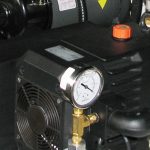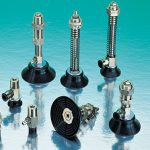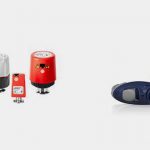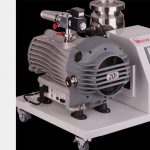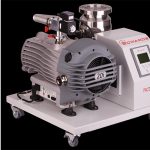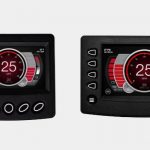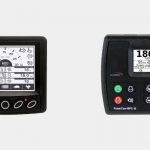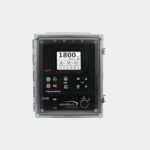How do hydraulic pumps work? Well, hydraulic pumps are capable of rotating and moving like a motor, and they use that rotation to move hydraulic fluid. Their power is generally brought in from outside mechanical sources. Looking for the best tools like vacuum pumps and hydraulic pumps entails looking into their manner of operation and their features — so let’s do that.
How Are Pumps Categorized?
Hydraulic pumps are grouped into subcategories, basing on their type and operating specifications. The types can be external or internal or a vane, or it can be a radial or an axial piston. Operating specifications include operating speed, temperature, horsepower, maximum and continuing operating pressures. It can also be pump weight, viscosity and maximum fluid flow. Let me elaborate more on the operating specifications and types of hydraulic pumps.
Types Of Hydraulic Pumps
The axial piston type makes use of axially-mounted piston, which is an important part when pressurizing fluid. This process takes place after the mechanical energy is used to operate the piston. The piston travels through the pump chambers and takes charge of pressurizing the fluid.
The radial piston type uses radially-mounted pistons. It may utilize an alternate motor to operate several pistons. A power source is needed to put the pistons to action and pressurize the fluid.
The other types of pumps are self explanatory. For example, the internal gear pump, from the name itself, uses internal gears, while the external gear pump obviously makes use of external gears. Likewise, the vane pump uses the vane in the process.
Operating Specifications Of Hydraulic Pumps
The proper functioning of the pump relies on the continuous operating pressure of the hydraulic pumps. On the other hand, the maximum amount of pressure can also provide intermittent pressure to the outlet. As mentioned earlier, as well as horsepower and temperature.
The pump’s operating speed refers to the number of revolutions it makes per minute, or it may refer to the number of rotations of the moving parts. The horse power is measured depending on the flow and pressure of the fluid. Another important specification is the temperature, which indicates the temperature conditions that the pump can withstand.










